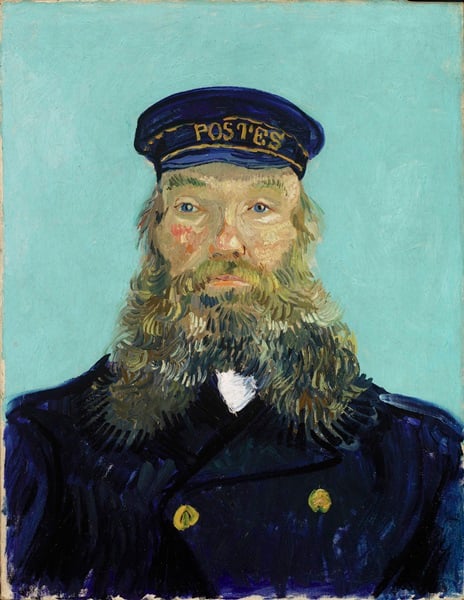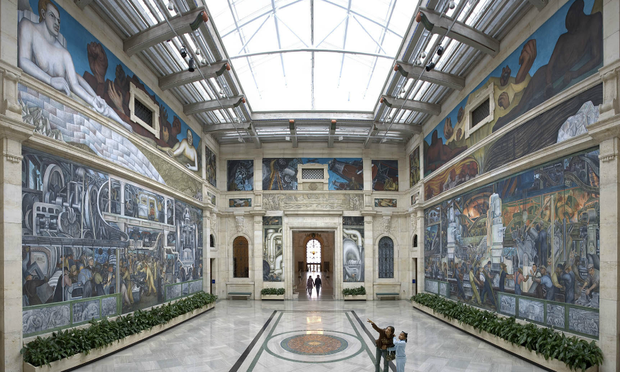Art World
All Eyes on Detroit’s Art Collection as Bankruptcy Trial Kicks Off


Eileen Kinsella


The Rivera Court at the Detroit Institute of Arts.
Photo: courtesy of the Detroit Institute of Arts.
Today marks the start of bankruptcy proceedings for the city of Detroit, the largest municipal bankruptcy case in US history, the Wall Street Journal reports. Art lovers and others are keeping a close watch on the case to see how it will impact the fate of the Detroit Institute of Arts‘s multi-billion dollar collection. Under the current plan supported by specially appointed emergency manager Kevyn Orr, the so-called “grand bargain,” the state of Michigan would join forces with local and national organizations that have pledged $816 million over 20 years (see “Detroit Institute of Arts Would Be Safe Under City’s Bankruptcy Adjustment Plan“). This plan would result in a virtual buy-back of the art collection from the city and fund pensions for the city’s police and fire departments. Donors include the Getty Trust, Los Angeles, the Andrew W. Mellon Foundation, and the Detroit Institute of Arts itself (see “Mellon and Getty Foundations Pitch in to Save Detroit Institute of Arts“).
The plan is somewhat controversial and some creditors who oppose it argue that it is illegal since it treats creditors differently, and could be seen as unfair. Last week, New York based Art Capital Group, run by CEO and founder Ian Peck, got involved when it offered the city of Detroit a loan of as much as $4 billion—with the DIA art collection as collateral—as one possible restructuring option (see “Will $4 Billion Art Loan Derail Detroit’s Grand Bargain?“). That may appeal to some creditors who will undoubtedly urge the bankruptcy court judge Steven Rhodes to reject the grand bargain.
Orr’s office did not respond to artnet News’s request for comment on the loan offer last week. But emergency manager representative Bill Nowling told the WDTV4 news station: “This is an attempt—nothing more—from our creditors to get more money from them, to improve their recovery at the expense of retirees and at the expense of selling the treasured assets of the city.”
According to the story, Orr and his staff say the $4 billion loan offer is not feasible for a number of reasons but first and foremost because it would create an “all-out, gloves off, knock down fight” over which artworks could be used as collateral and whether any of it can actually be sold since the collection is considered to be held in public trust.”